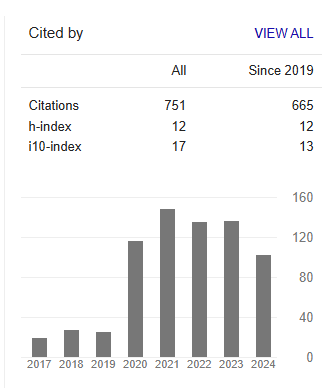Diagnostic Significance of Serum and BAL Galactomannan (GM) Enzyme Immune Assay in Invasive Aspergillosis (IA) with Reference to EORTC/MSG - A Short Review
Abstract
Sanjeev H, Snehaa K, Abhay Kumar, Prashant Mule and Shahina M
Invasive aspergillosis is a life-threatening mycelial fungal infection in immunocompromised patients and is associated with high mortality and morbidity. Patients undergoing hematopoietic stem cell transplant (HSCT) and neutropenic patients are particularly at risk. The degree and duration of neutropenia is an independent risk factor for invasive fungal infections. Patients with prolonged and severe neutropenia (ANC less than 500cells/cumm) are more susceptible. The lung is the most common site of infection and vascular invasion by Aspergillus species is a common histopathological feature of invasive aspergillosis (IA). As there is a lack of adequate immune response, patients with IA fail to develop classical signs and symptoms of the disease making diagnosis of IA more difficult. The results of fungal cultures are often delayed and cytopathological examination, yields negative results as there is lack of sensitivity and specificity. Biopsy specimens may be unproductive if the sample is collected at an advanced stage of the disease. Galactomannan (GM) detection in serum and Broncho alveolar lavage fluid (BAL) seems to be useful in establishing or excluding the diagnosis of invasive aspergillosis. Multicentre studies reported that there was no conclusive benefit of determining serum and BAL GM levels in the diagnosis of invasive aspergillosis among immunocompetent hosts. A serum and BAL GM test should not be ordered routinely in non-immunocompromised hosts.



